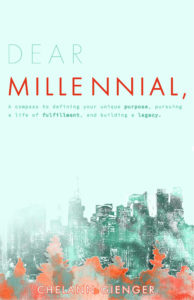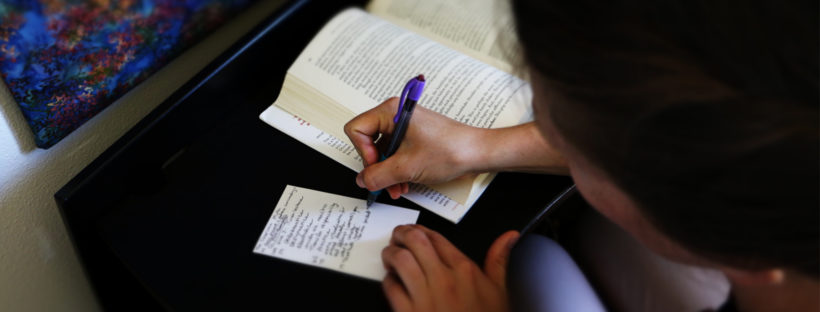• • • • • • • ► “You have a unique purpose.”
It’s a simple thought. But when you press pass the surface, this statement has power behind it. Because if we each have a one-of-a-kind purpose, then we each have a mission, one that only we can accomplish.
Dear Millennial, brings these abstract principles to concrete reality with examples of purpose in everyday life, ways of getting motivated and accountable for action, and stories of the tough going on when it’s tough. The book takes the reader from the quote above in the opening chapter to the recipe for living out that purpose.

Chelann Gienger
• • • • • • • ► Purpose and finding your own
The book’s subtitle is “A compass to defining your unique purpose, pursuing a life of fulfillment, and building a legacy.” True to those words, the author, Chelann Gienger, helps readers find exactly what they are passionate about. Chelann starts by giving examples of personal mission statements. Next, she talks about values. The examples she shares inspired me to sit down and create my own mission statement and values.
• • • • • • • ► Nurturing motivation
As an entrepreneur, I make quicker progress toward my goals if I am motivated to reach them. Reading Dear Millennial, made me excited to be intentional about achieving my goals and connecting with others who are also pursuing their own goals. Plus, Chelann reminded me why we reach out and make things happen. If one of my goals is to help others (yes), then reaching my goals becomes a win-win situation: my own dreams are fulfilled, and I have aided others in their own as well.

• • • • • • • ► Real life stories
Helping others is something Chelann takes seriously. A key feature of the book is her personal stories of real-life experiences. These passages of the book reminded me that success is often born of struggle. Stories on social media and reality TV shows don’t always show us the difficult parts of business, so to have someone tactfully relate the behind-the-scenes of being a business person was timely.
I’m grateful to Chelann for publishing this manual for individuals who have big dreams and want to actively progress toward them. By illuminating the path she has walked, she leaves seeds of motivation to use in our own lives. I definitely recommend this book for adults of any age or as a family read-aloud.
• • • • • • • ► For more about Dear Millennial,
Check out Chelann’s website at: http://chelanngienger.com
Or, find her on Facebook or Instagram.
This is an unsponsored review to share a book I found insightful.
![]()




